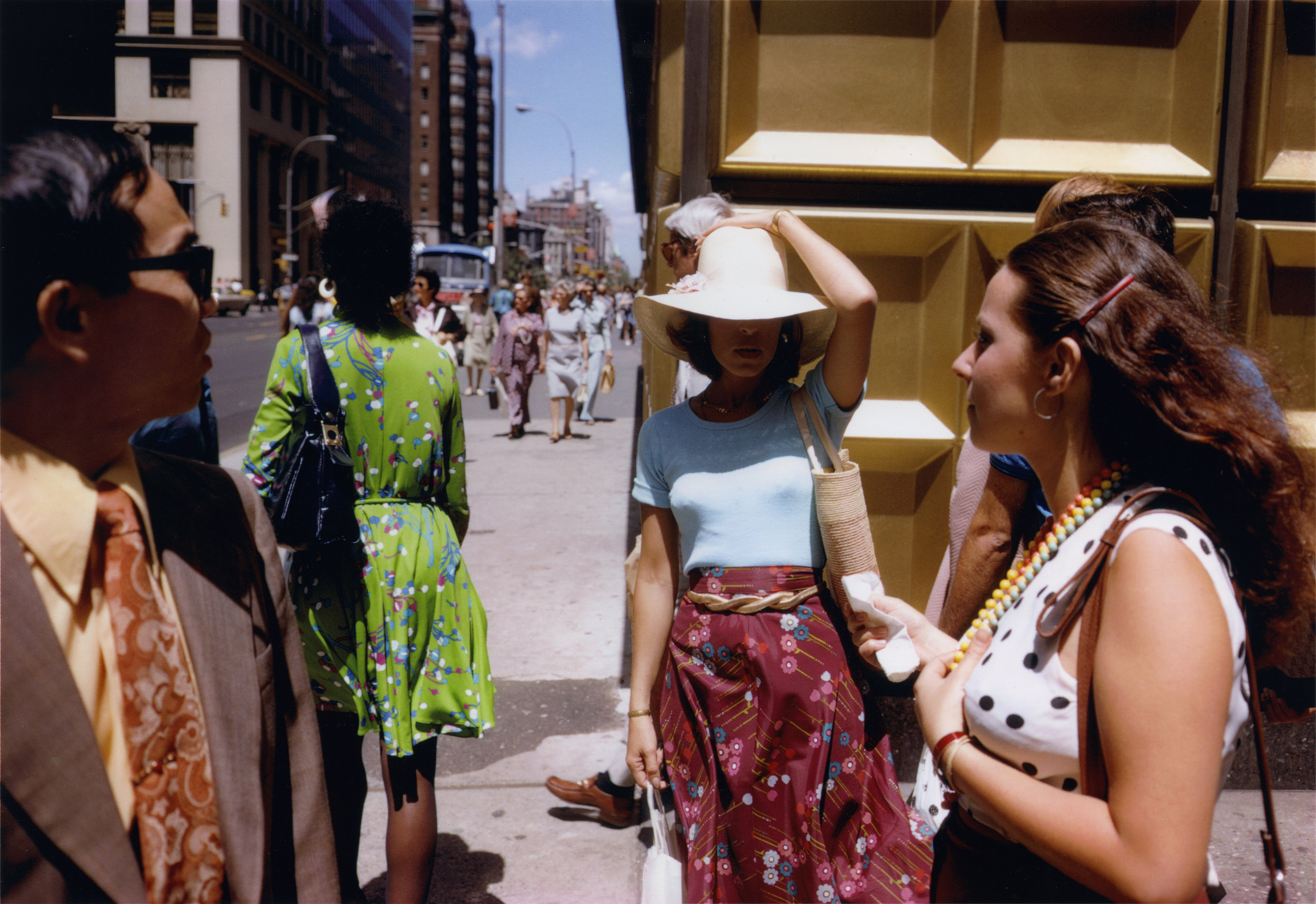
On the occasion of Joel Meyerowitz's 85th birthday and his major exhibition at the Tate Modern, we are presenting a museum retrospective entitled "MEYEROWITZ" of one of the world's greatest contemporary photographers in collaboration with the Howard Greenberg Gallery, New York.
Born in New York City in 1938, Joel Meyerowitz is the archetype of the cultured New Yorker, embracing the century with curiosity and empathy. His colourful works have revolutionised the history of photography. Like the photographs of William Eggleston and Stephen Shore, his work has influenced younger generations of photographers, particularly the artists of the Düsseldorf School. After his first encounter with Robert Frank in 1962, he began to roam the streets of New York with his 35 mm camera and colour film. During this time, he became close friends with Garry Winogrand, Tony Ray-Jones, Lee Friedlander and Diane Arbus.
A long trip to Europe in 1966-67 marked the turning point in his career and enabled him to refine his point of view. Here he began his studies on the "question of colour" by producing pairs of photographs in black and white and colour. It was not until the early 1970s that he switched exclusively to colour. His first book "Cape Light", which examines the chromatic variations of light, is now regarded as a milestone in photography. Alternating between a 35mm camera and a 20×55 Deardorff camera, Joel Meyerowitz developed a personal style in which he used two different formats and defined two different visual languages. He captured both the "decisive moment" and the beauty of reality through a much longer exposure time with the large format camera.
Today, Joel Meyerowitz's work is perceived as the missing link between the photography of the 1960s and that of the year 2000, allowing us to understand the irreversible transition from black and white to colour, which is an essential part of the history of 20th century photography.